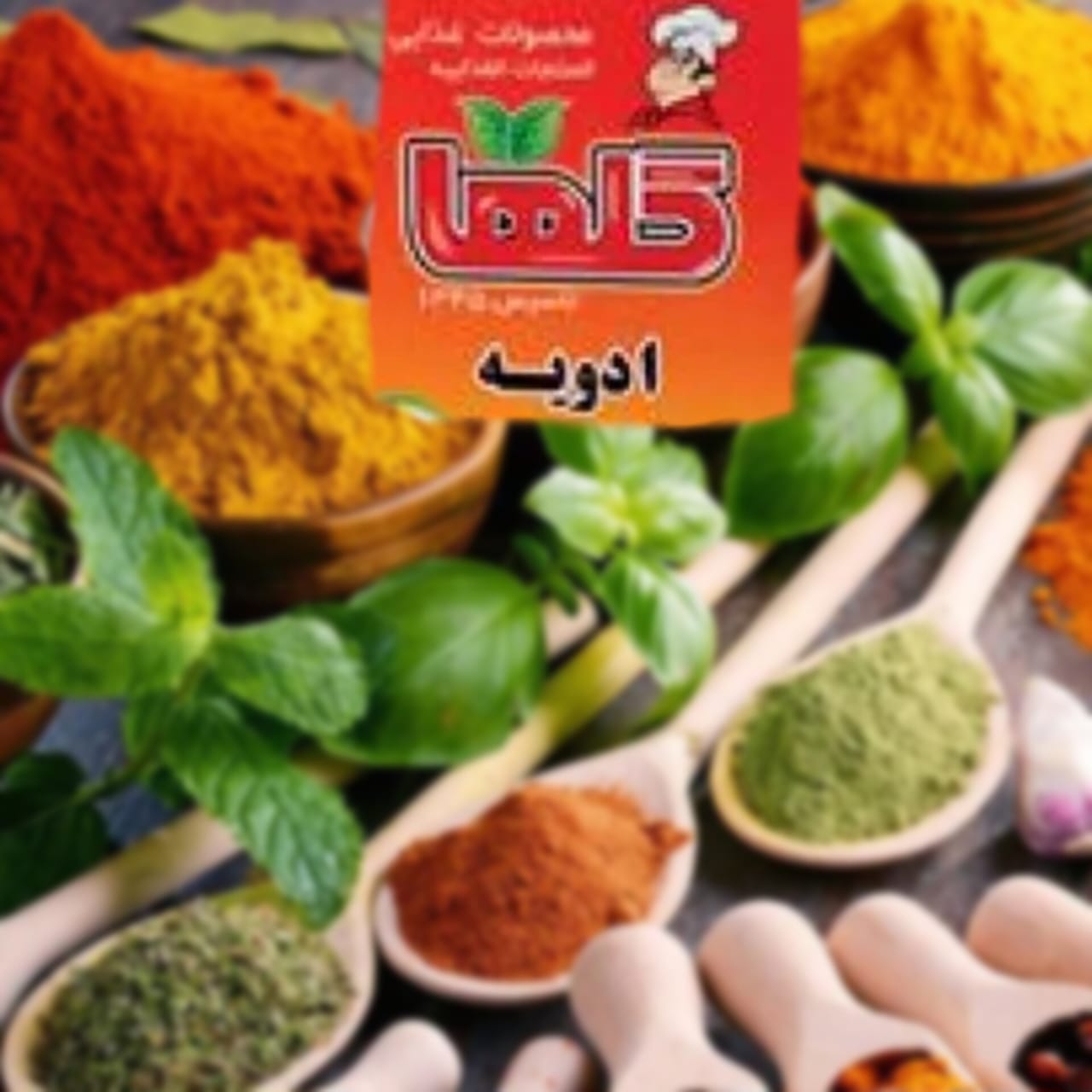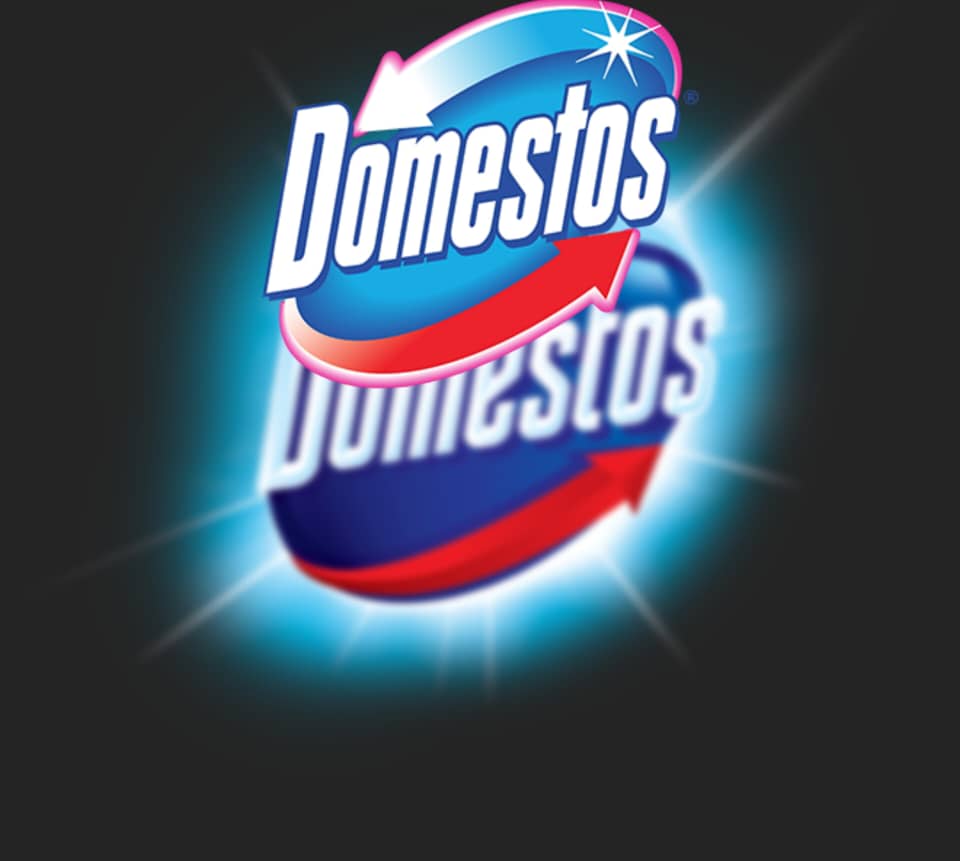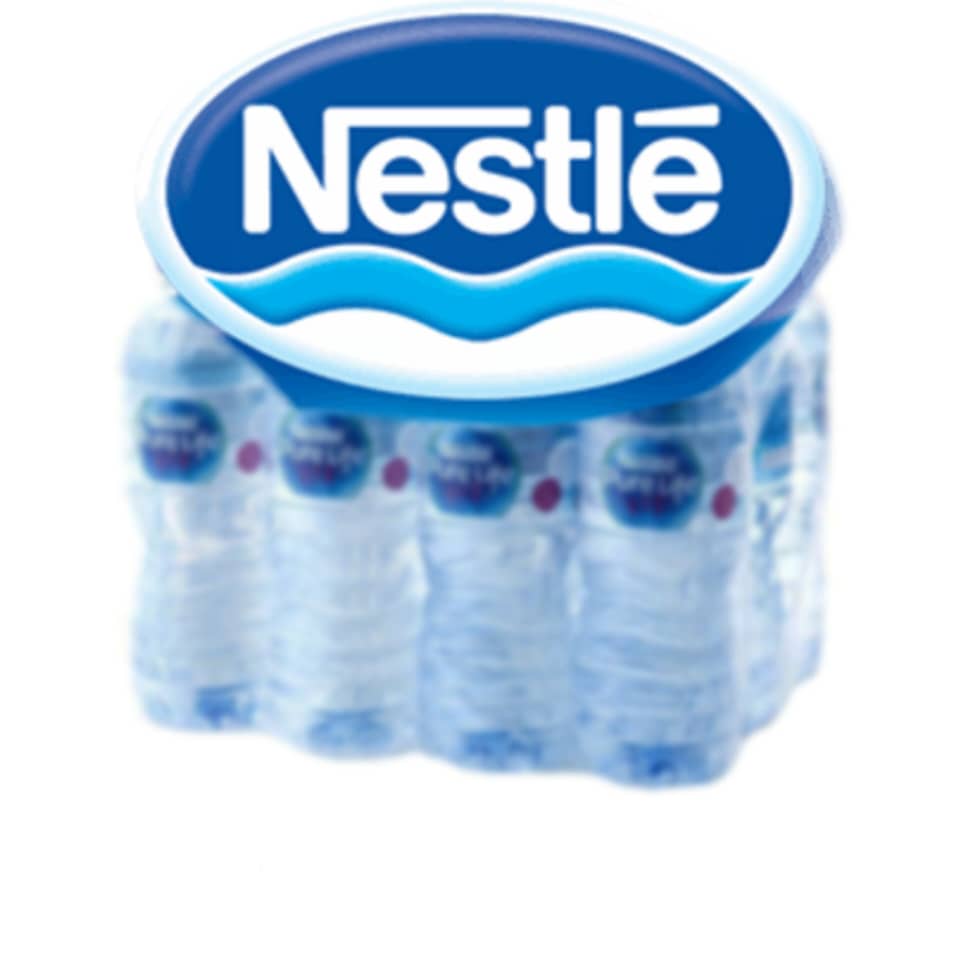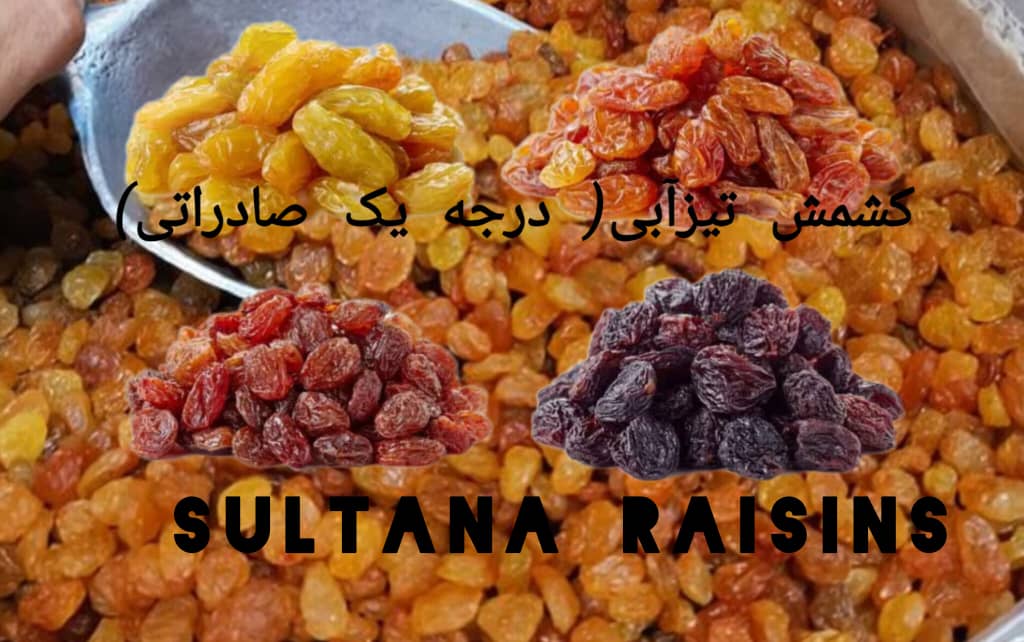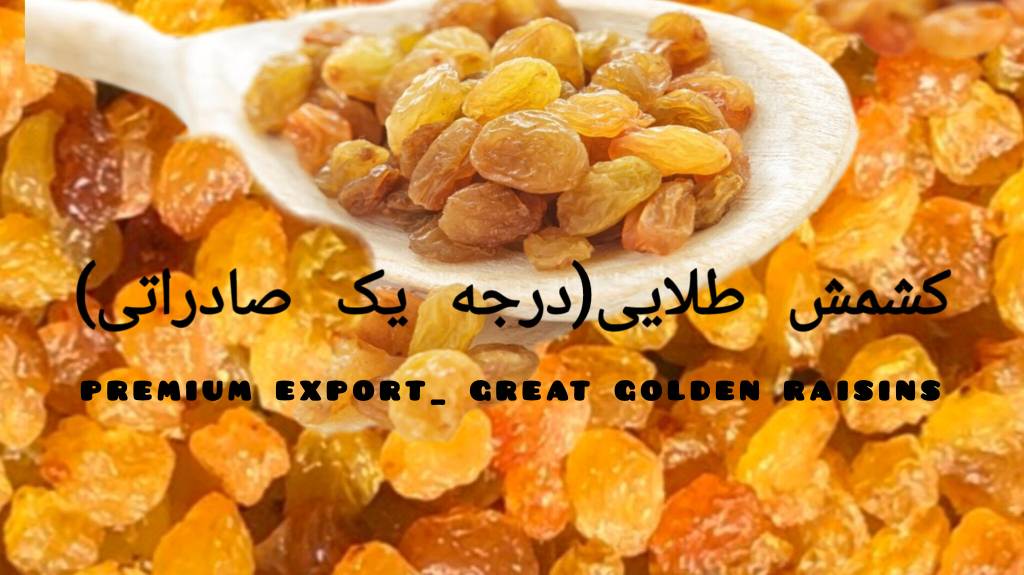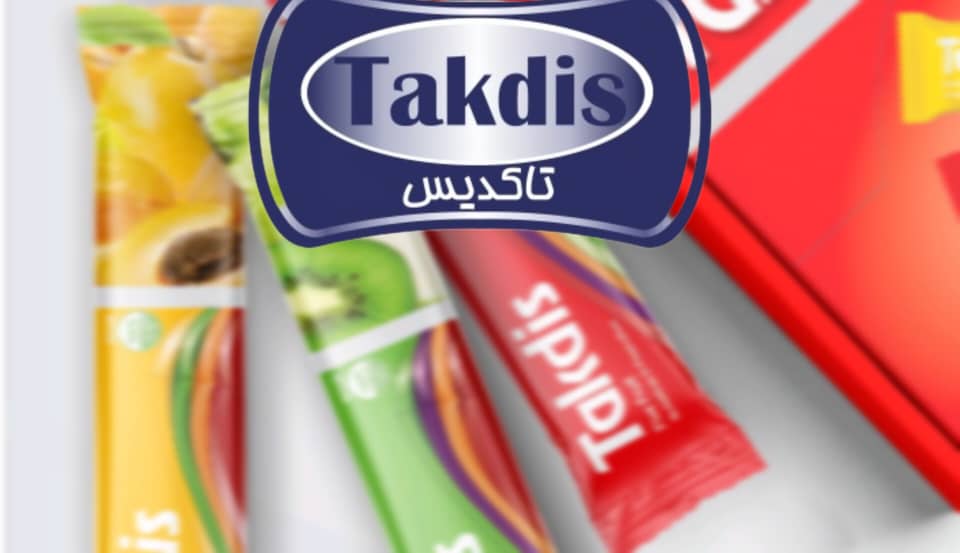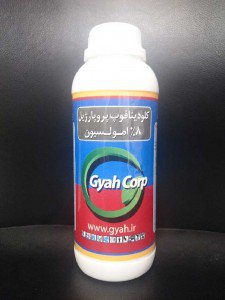
- Seen : 617 View
This herbicide is available in the market under the brand name Topik (8%EC). The topic is a systemic and selective herbicide from the group of aryloxyphenoxypropionic acids and is formulated as Clodinafop (EC 8%) emulsion. Because it does not remain in the soil, it will be ineffective on the weeds that grow after spraying. Its half-life is about 64 hours at a temperature of 25 degrees Celsius and pH = 7. It is relatively stable in acidic environments (at a temperature of 50 degrees Celsius), but it is hydrolyzed in alkaline environments. This compound has low toxicity for humans and mammals, but it is dangerous for fish.
Mechanism of action:
The topic is a post-emergence herbicide that prevents the biosynthesis of fats (ACCase) in the target plant, the symptoms of plant blight appear on the meristem tissue within one to three weeks after systemic leaf absorption. Also, rotting in nodes and growing parts and chlorosis (yellowing) of young leaves can be seen.
Indications:
Topic is used to control annual thin leaf weeds in wheat fields. This combination is used after 3 leaves of wheat and after the greening of weeds (up to the end of their tillering). The use of this poison in barley fields should be avoided.
Compatibility and mixing:
Topic is not compatible with other thin leaf plants except wheat. This compound is not miscible with Tuford herbicide, but it is miscible with non-alkaline fungicides and sulfonylurea herbicides.
This herbicide is available in the market under the brand name Topik (8%EC). Topic is a systemic and selective herbicide from the group of aryloxyphenoxypropionic acids and is formulated as Clodinafop (EC 8%) emulsion. Because it does not remain in the soil, it will be ineffective on the weeds that grow after spraying. Its half-life is about 64 hours at a temperature of 25 degrees Celsius and pH = 7. It is relatively stable in acidic environments (at a temperature of 50 degrees Celsius), but it is hydrolyzed in alkaline environments. This compound has low toxicity for humans and mammals, but it is dangerous for fish.
Mechanism of action:
The topic is a post-emergence herbicide that prevents the biosynthesis of fats (ACCase) in the target plant, the symptoms of plant blight appear on the meristem tissue within one to three weeks after systemic leaf absorption. Also, rotting in nodes and growing parts and chlorosis (yellowing) of young leaves can be seen.
Indications:
Topic is used to control annual thin leaf weeds in wheat fields. This combination is used after 3 leaves of wheat and after the greening of weeds (up to the end of their tillering). The use of this poison in barley fields should be avoided.
Compatibility and mixing:
Topic is not compatible with other thin leaf plants except wheat. This compound is not miscible with Tuford herbicide, but it is miscible with non-alkaline fungicides and sulfonylurea herbicides.
%MCEPASTEBIN%
Saler Company Information

